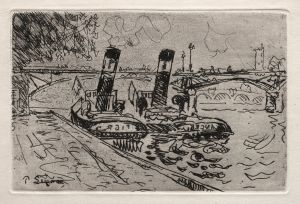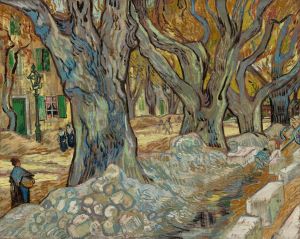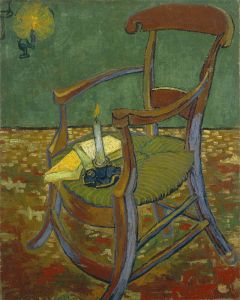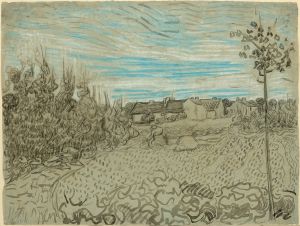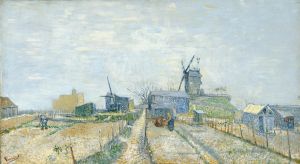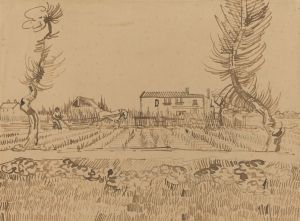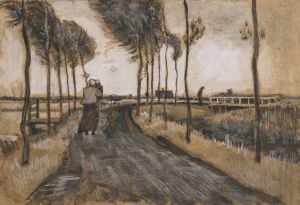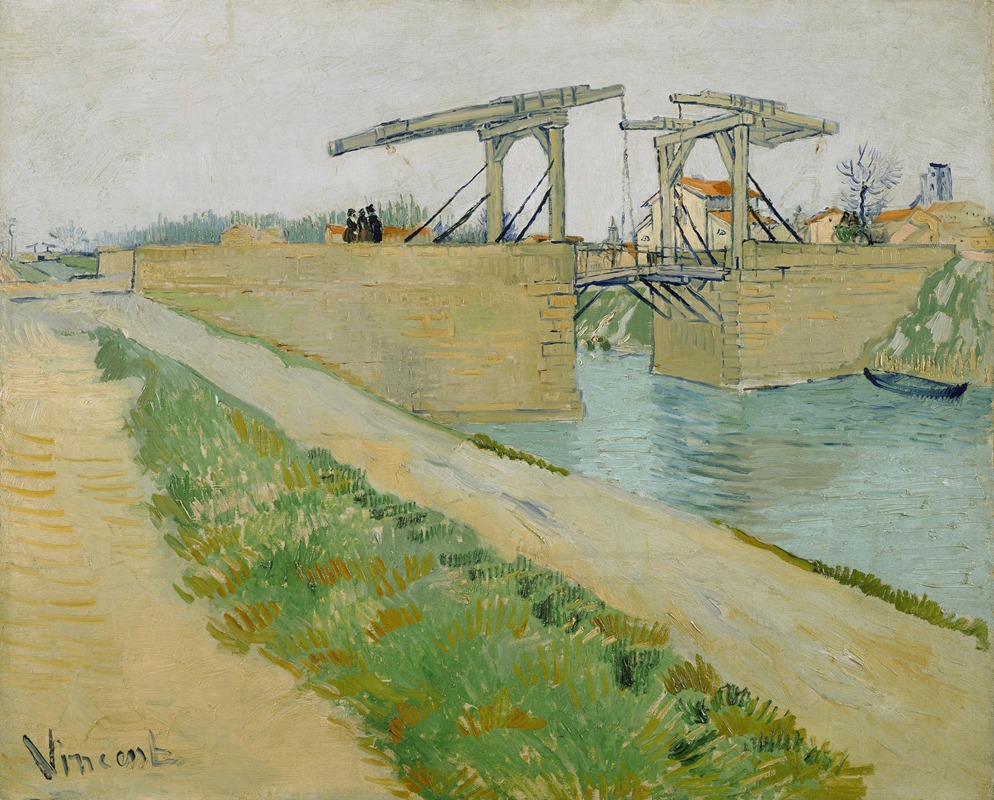
The Langlois bridge
A hand-painted replica of Vincent van Gogh’s masterpiece The Langlois bridge, meticulously crafted by professional artists to capture the true essence of the original. Each piece is created with museum-quality canvas and rare mineral pigments, carefully painted by experienced artists with delicate brushstrokes and rich, layered colors to perfectly recreate the texture of the original artwork. Unlike machine-printed reproductions, this hand-painted version brings the painting to life, infused with the artist’s emotions and skill in every stroke. Whether for personal collection or home decoration, it instantly elevates the artistic atmosphere of any space.
The Langlois Bridge, also known as the Langlois Bridge at Arles, is a series of oil paintings and drawings by the Dutch post-impressionist artist Vincent van Gogh. These works were created during his stay in Arles, in the south of France, in 1888. The bridge depicted in these works is the Langlois Bridge, which was a drawbridge over the Arles-to-Bouc canal.
Vincent van Gogh moved to Arles in February 1888, seeking the bright light and vibrant colors of the region, which he hoped would inspire his work. The Langlois Bridge caught his attention due to its picturesque and quintessentially Provençal character. The bridge was named after its keeper, Monsieur Langlois, and was a typical example of the drawbridges that were common in the region at the time.
Van Gogh produced several versions of the Langlois Bridge, including four oil paintings, one watercolor, and four drawings. These works are notable for their vibrant use of color and dynamic composition, which capture the essence of the Provençal landscape and the daily life of the region. The paintings often feature the bridge in different contexts, sometimes with figures such as women doing laundry by the canal or a cart crossing the bridge.
One of the most famous versions of the Langlois Bridge is "The Langlois Bridge with Women Washing," which depicts the bridge with two women washing clothes in the canal. The painting is characterized by its bright, contrasting colors and the use of bold, expressive brushstrokes. The blue sky, green water, and the earthy tones of the bridge and surrounding landscape create a vivid and harmonious composition.
Van Gogh's interest in the Langlois Bridge was part of his broader fascination with the rural and working-class life in Provence. He was deeply inspired by the region's natural beauty and the simplicity of its everyday scenes. The Langlois Bridge series reflects his desire to capture the essence of the Provençal landscape and the lives of its inhabitants.
Today, the Langlois Bridge paintings are considered some of Van Gogh's most important works from his time in Arles. They are held in various collections around the world, including the Van Gogh Museum in Amsterdam and the Wallraf-Richartz Museum in Cologne. The bridge itself no longer exists in its original form, as it was replaced by a more modern structure. However, a replica of the bridge, known as the Pont Van Gogh, has been constructed near the original site and serves as a popular tourist attraction.
In summary, The Langlois Bridge series by Vincent van Gogh is a significant body of work that captures the artist's fascination with the Provençal landscape and rural life. These paintings are celebrated for their vibrant colors, dynamic compositions, and their ability to convey the beauty and simplicity of everyday scenes in the south of France.





